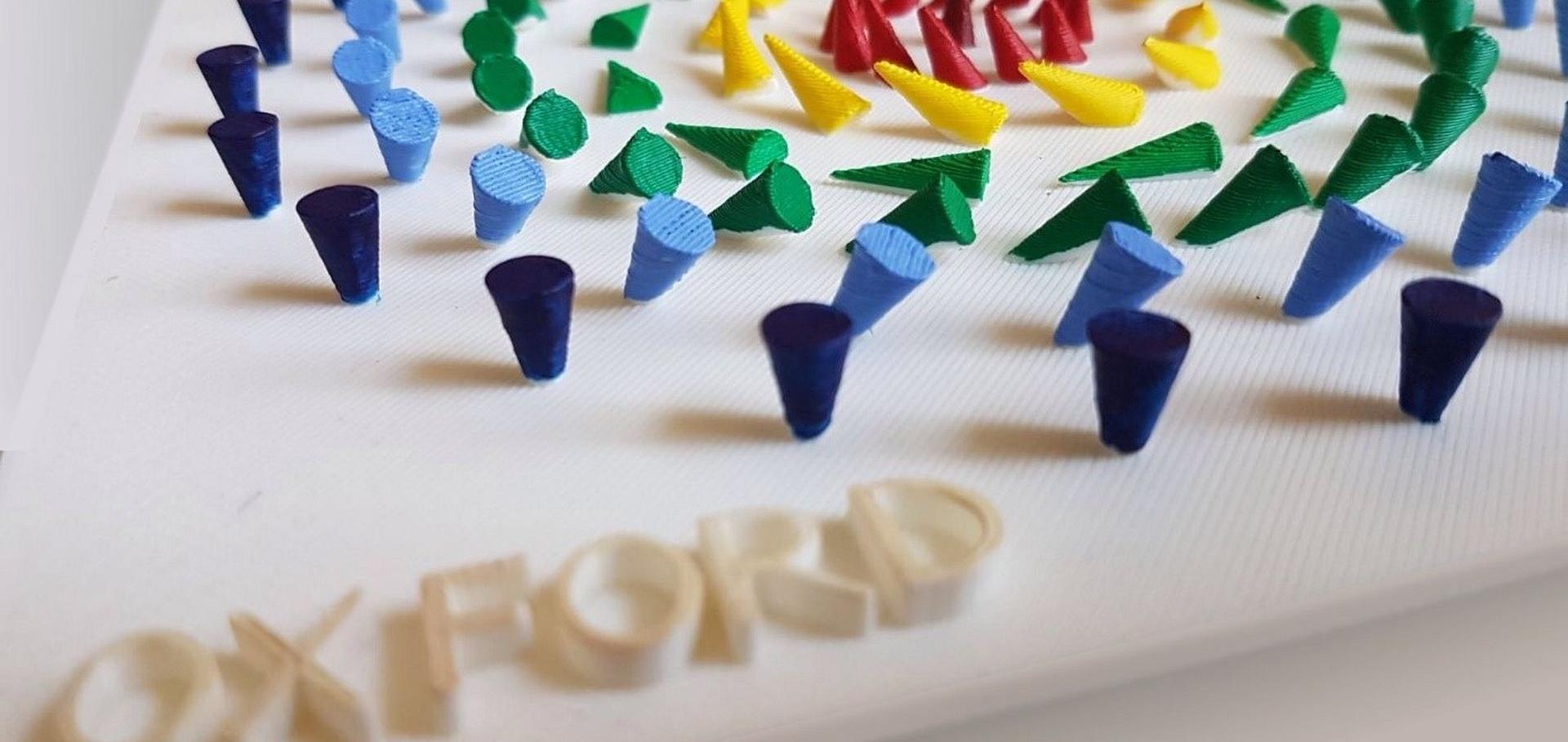Resonant Elastic X-ray Scattering from the Skyrmion Lattice in Cu$_{2}$OSeO$_{3}$
(2016)
Resonant elastic x-ray scattering from the skyrmion lattice in Cu₂OSeO₃
Physical Review B - Condensed Matter and Materials Physics American Physical Society 93:21 (2016) 214420
Abstract:
We report the study of the skyrmion state near the surface of Cu₂OSeO₃ using soft resonant elastic x-ray scattering (REXS) at the Cu L₃ edge. Within the lateral sampling area of 200 × 200 µm², we found a long-range-ordered skyrmion lattice phase as well as the formation of skyrmion domains via the multiple splitting of the diffraction spots. In a recent REXS study of the skyrmion phase of Cu₂OSeO₃ [Phys. Rev. Lett. 112, 167202 (2014)], Langner et al. reported a double-splitting which they interpret as arising from the moiré pattern of two superposed skyrmion sublattices, originating from the two inequivalent Cu sites. However, we find no energy splitting of the Cu peak in xray absorption measurements, which is to be expected considering the system in more detail. We show that the experimental data reported by Langner et al. does not support their interpretation and discuss alternative origins of the peak splitting. In particular, we find that for magnetic field directions deviating from the major cubic axes, a multidomain skyrmion lattice state is obtained, which consistently explains the splitting of the magnetic spots into two—and more—peaks.The Magneto-Hall Difference and the Planar Extraordinary Hall Balance
AIP Advances American Institute of Physics (2016)
Abstract:
The extraordinary Hall balance (EHB) is a general device concept that harnesses the net extraordinary Hall effect (EHE) arising from two independent magnetic layers, which are electrically in parallel. Different EHB behavior can be achieved by tuning the strength and type of interlayer coupling, i.e., ferromagnetic or antiferromagnetic of varying strength, allowing for logic and memory applications. The physics of the EHE in such a multilayered systems, especially the interface-induced effect, will be discussed. A discrepancy between the magnetization and the Hall effect, called the magneto-Hall difference (MHD) is found, which is not expected in conventional EHE systems. By taking advantage of the MHD effect, and by optimizing the materials structure, magnetoresistance ratios in excess of 40,000% can be achieved at room-temperature. We present a new design, the planar EHB, which has the potential to achieve significantly larger magnetoresistance ratios.Multidomain Skyrmion Lattice State in Cu₂OSeO₃
Nano Letters American Chemical Society 16:5 (2016) 3285-3291
Abstract:
Magnetic skyrmions in chiral magnets are nanoscale, topologically-protected magnetization swirls that are promising candidates for spintronics memory carriers. Therefore, observing and manipulating the skyrmion state on the surface level of the materials are of great importance for future applications. Here, we report a controlled way of creating a multidomain skyrmion state near the surface of a Cu₂OSeO₃ single crystal, observed by soft resonant elastic x-ray scattering. This technique is an ideal tool to probe the magnetic order at the L₃ edge of 3d metal compounds giving a depth sensitivity of ~50 nm. The single-domain sixfold-symmetric skyrmion lattice can be broken up into domains overcoming the propagation directions imposed by the cubic anisotropy by applying the magnetic field in directions deviating from the major cubic axes. Our findings open the door to a new way to manipulate and engineer the skyrmion state locally on the surface, or on the level of individual skyrmions, which will enable applications in the future.Proposal of a micromagnetic standard problem for ferromagnetic resonance simulations
(2016)


